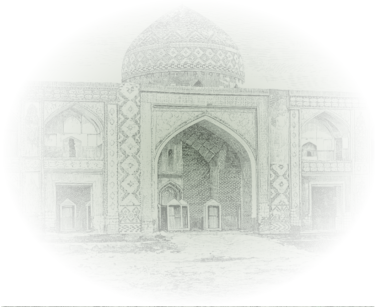Ayrivang is a village in the Novo-Bayazid uezd of the former Iravan governorate, later in the former Kavar (Yeni Bayazid, Kamo) district, and currently in the Gegharkunik province. The provincial centre lies 12 km to the northwest of the town of Kavar, on the western bank of Lake Goycha, at a height of 1,940 m above sea level. It was marked on the five-verst map of the Caucasus.
The village was solely inhabited by Azerbaijanis: 65 in 1831, 326 in 1873, 451 in 1886, 545 in 1897, 708 in 1904, 896 in 1914, 735 in 1916 and 706 Azerbaijanis in January 1918. In February 1918 the Azerbaijanis were driven out brutally from the village by Armenian armed units (309, p.220), and the Armenians brought from abroad were settled there. There was only one Azerbaijani there in 1926 and 17 in 1931. Being pressed by Armenians after 1931, the Azerbaijanis residing in the village moved to the village of “Aghgala” (Berdunk). Since then only Armenians have lived in the village. There is a 9th-10th-century Alban monument, a tower, in the village and the name of the village originates from the name of that tower.
The toponym was coined by combining the word “ayri” used in Old Turkic in the sense of “separated, severed” and the word “vang” used in the meaning of “a temple”.
By the decree of the Presidium of the Supreme Soviet of the Armenian SSR dated 8 August 1991, it was renamed “Hayravan”. According to the law “On the administrative-territorial division of the Republic of Armenia” dated 7 November 1995, it was integrated into the administrative area of the Gegharkunik province.
Geographic coordinates: latitude: 40°26’ N., longitude: 45°05’ E.
